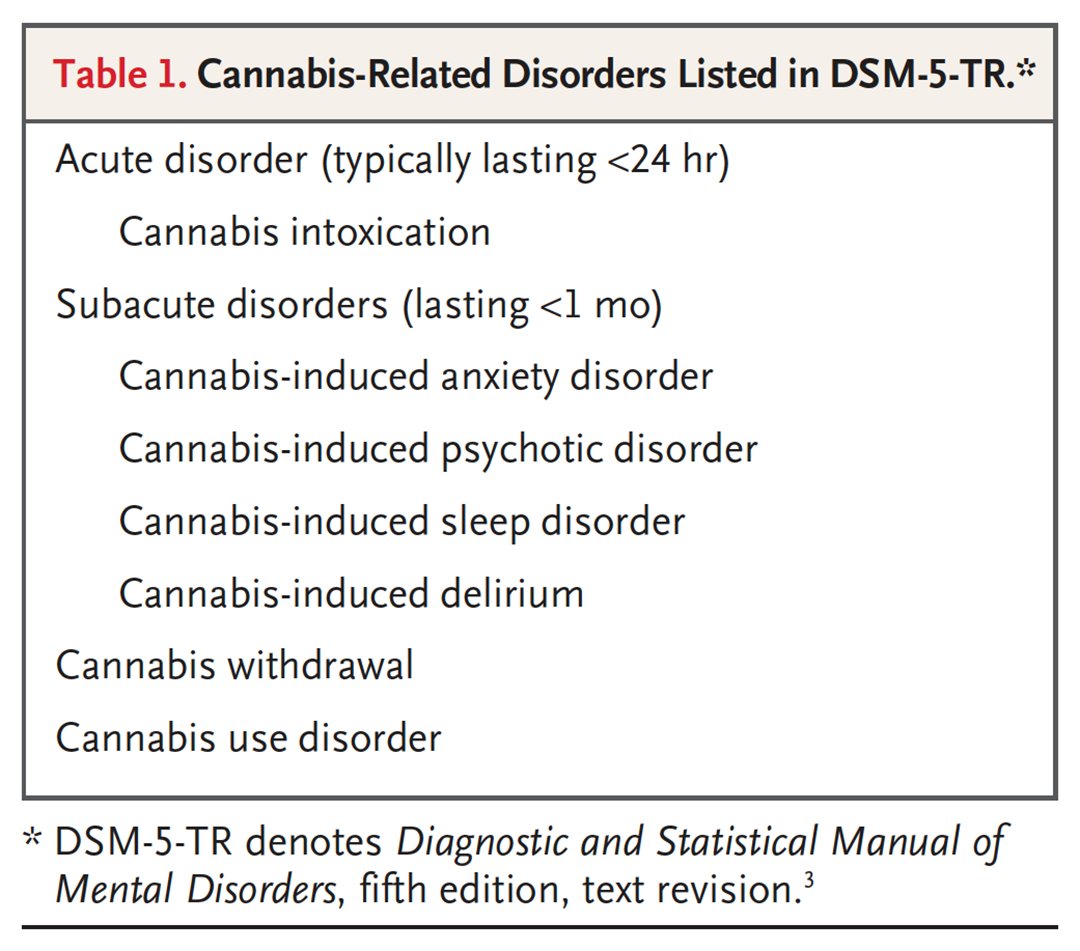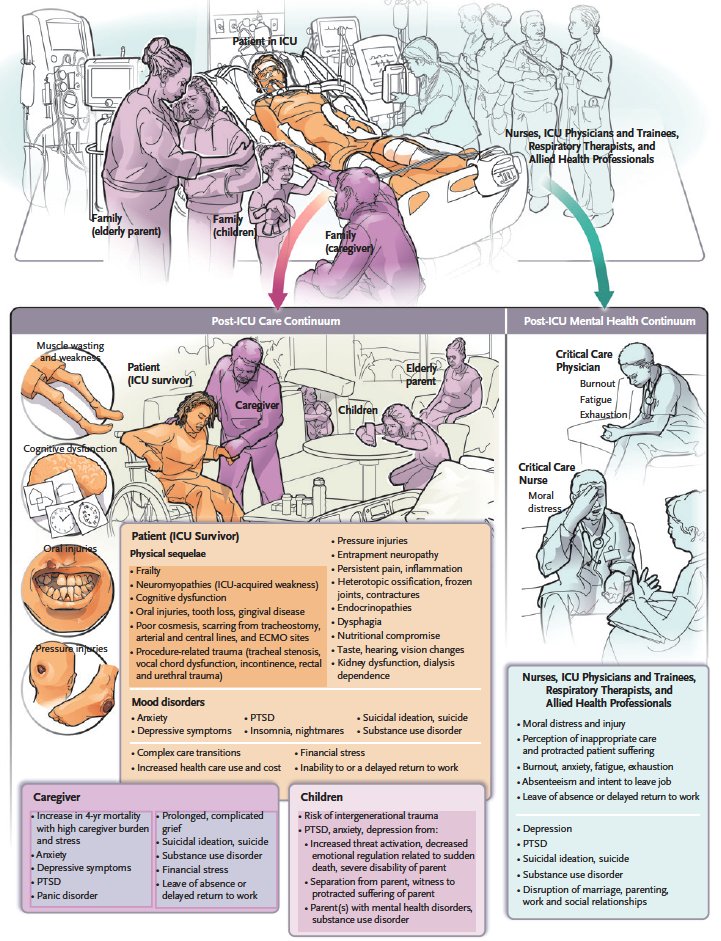How to get URL link on X (Twitter) App



 The signs and symptoms, treatment approach, and prognosis are highly variable and dictated by the nature of an individual patient’s unique light chains. 2/6
The signs and symptoms, treatment approach, and prognosis are highly variable and dictated by the nature of an individual patient’s unique light chains. 2/6 

 The cannabis plant contains more than 500 identified chemicals, many of which are not well characterized pharmacologically, including more than 125 phytocannabinoids. 2/15
The cannabis plant contains more than 500 identified chemicals, many of which are not well characterized pharmacologically, including more than 125 phytocannabinoids. 2/15

 Hemophilia, a form of disrupted hemostasis, is caused by dysfunctional variants in genes encoding the procoagulant factors VIII (causing hemophilia A) and IX (causing hemophilia B). 2/10
Hemophilia, a form of disrupted hemostasis, is caused by dysfunctional variants in genes encoding the procoagulant factors VIII (causing hemophilia A) and IX (causing hemophilia B). 2/10








 A March 11, 2010, Review Article in NEJM focuses on the clinical profile, proposed mechanisms, and prevention and treatment of commotio cordis. Read the free article: nej.md/CommotioCordis 2/9
A March 11, 2010, Review Article in NEJM focuses on the clinical profile, proposed mechanisms, and prevention and treatment of commotio cordis. Read the free article: nej.md/CommotioCordis 2/9
